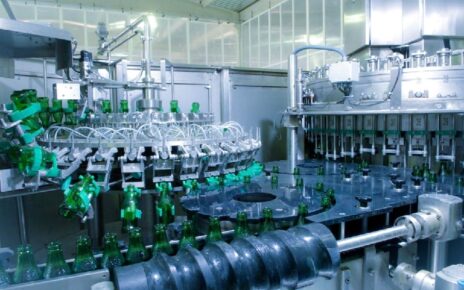The world has become increasingly interconnected, from written letters to emails and wired telephones to smartphones, the technology has evolved rapidly. Before the breakthrough of technological advancement of the 20th and 21st centuries, communication was very different. The lack of road infrastructure in the mid-19th century saw people relying on marine vessels to transport goods and spread information.
Today, spreading the location from one location to another matters in seconds. The pneumatic tube system was an advanced development in transportation and communication. While this system changed with technological advances, the pneumatic tube systems play a vital role in society. The pneumatic tubes have different names, such as:
- capsule pipelines
- pneumatic tube transport (PTT)
Whenever you hear these terms, don’t get confused because they are the same. These are the systems that protect the cylindrical containers through tubes by partial vacuum or by compressed air.
What is the use of a pneumatic tube system?
Pneumatic tubes are used for transporting solid objects, while conventional pipelines are used to transport fluids. During the late 19th and early 20th centuries, these pneumatic tub networks were used in offices for transporting small and urgent packages, such as:
- other paperwork
- money
Some installations became complex. But most have been superseded. The pneumatic tube system has further developed in places such as hospitals to send blood samples and clinical laboratories for analysis.
How does a pneumatic tube system work?
The pneumatic tube system uses pressurized air to propel cylindrical containers via networks of tubes. The blowers or air compressor pumps use both air pressure and vacuum to transport sealed products. These products are moved through transport tubes. The control center oversees the system function that operates the blower units and transfer units, ensuring products are guided to the proper location.
The main components of the pneumatic tube system are:
- Pneumatic tube carriers. It is the cylindrical containers that carry goods from one destination to the next destination. It comes in different sizes that can fit in a selection of objects and packages. These containers are either metal or plastic depending on the user it prefers and needs.
- Pneumatic tube stations. The pneumatic tube stations are the locations where the carriers are sent or received. A wide range of pneumatic tube stations allows users to choose an appropriate station based on their needs. These stations are available in different sizes and designs. The standard design includes:
- loading port
- interface panel
- Diverters for pneumatic tubes. Diverters are very essential to pneumatic tube systems, it allows packages to turn corners and change directions in the tube network. Users require complex systems that incorporate a large number of send and receive stations and also paths. It is located at the zone connections, a diverter will regulate the airflow to ensure carriers are transported in the correct and most direct path. Diverters can be operated remotely.
- Blowers for pneumatic tubes. It is the driving force behind the pneumatic tube system. It can provide the system with an air supply. The blower is the fans that create the air pressure and vacuum in the transport tubes that cause the carriers to move.





